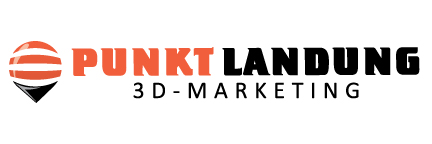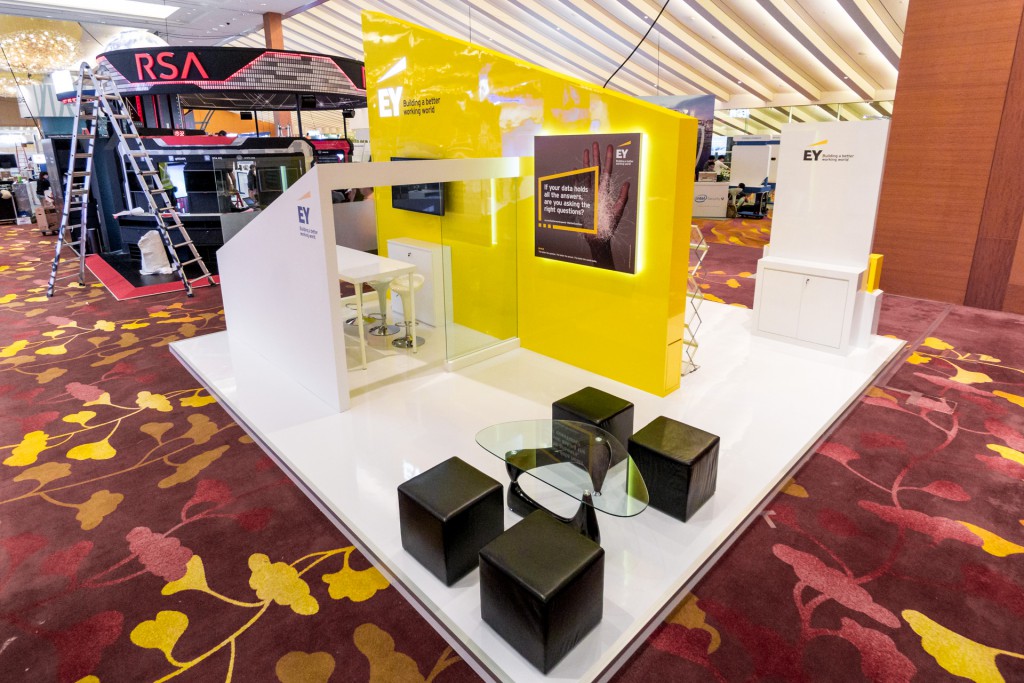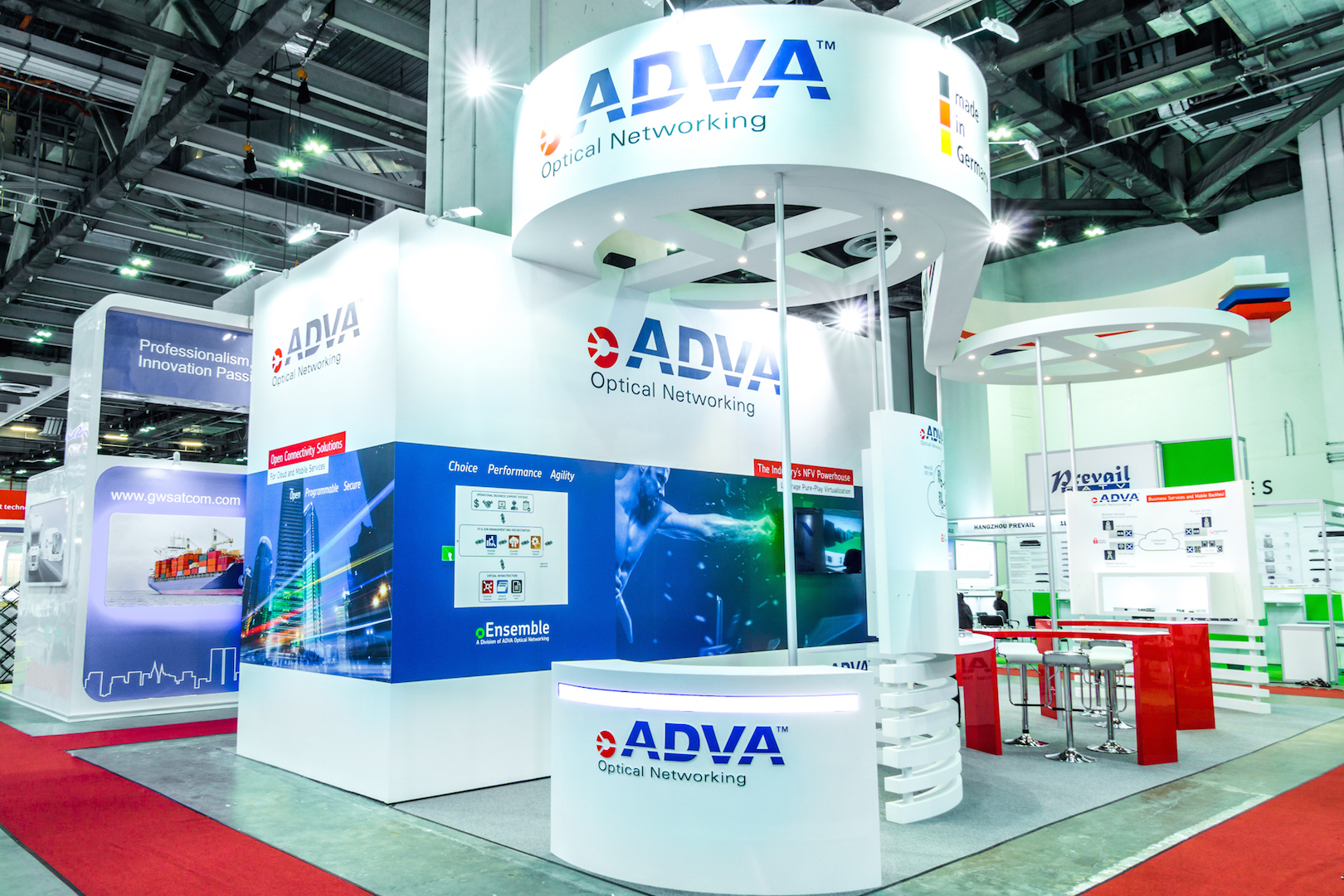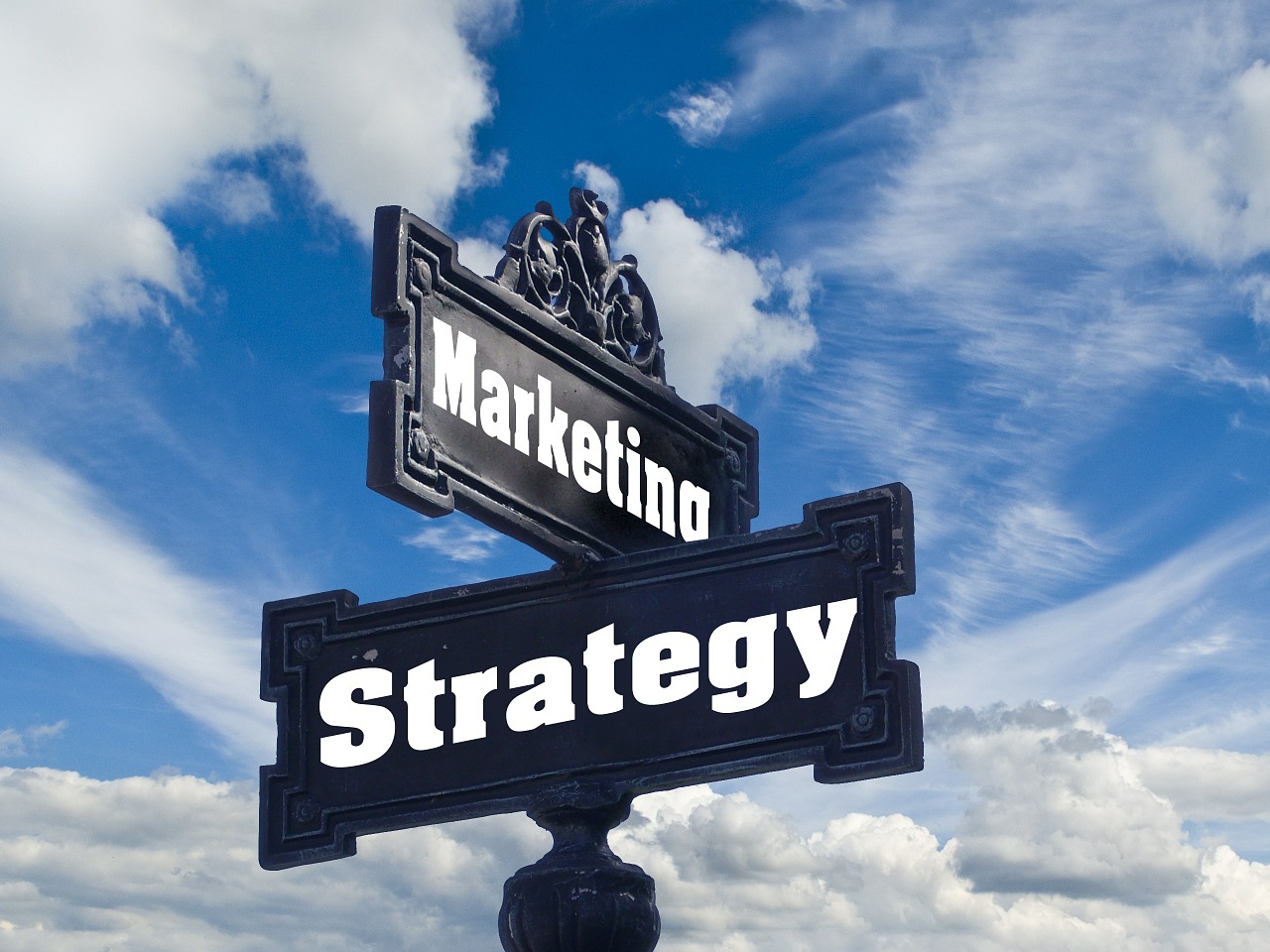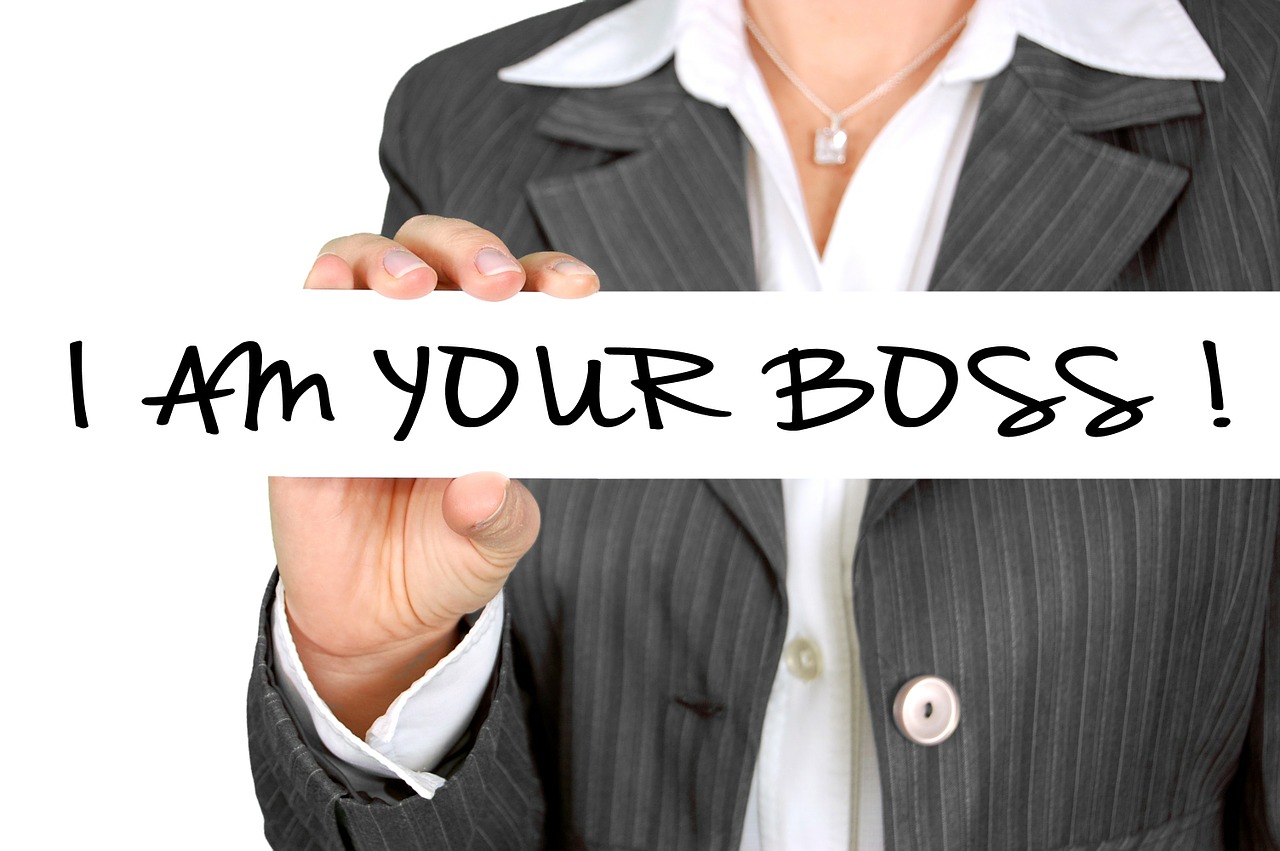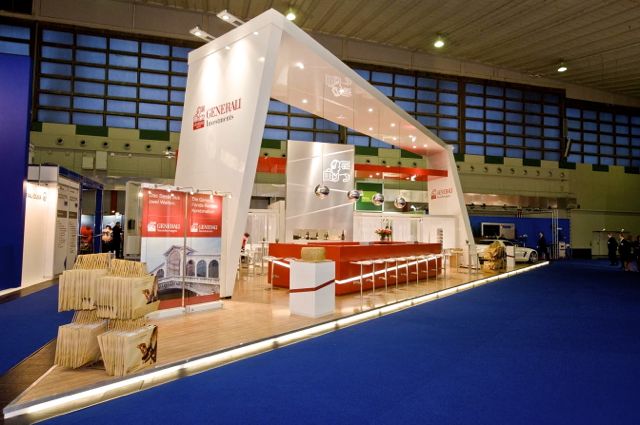6 Tips for more conversion with your marketing materials in the Singapore market
Well designed and quality printed materials reinforce your corporate identity via the image they project. We may not realize it, but often an impressive design and top-notch materials will subtly influence us in a myriad of ways, often motivating us to buy something unconsciously or to certainly lead us into a mode of serious consideration in the selection of products or services offered.
There is a great deal of power to be harnessed in not just thoughtful design but the quality of the printing material itself and the inks and resolution of the imagery, etc. A good agency knows this and exploits this opportunity fully.
For example, high quality paper conveys richness and a feeling of “high class” when utilized in a glossy brochure. A brochure is a surprisingly effective tool that can unleash a magnitude of sales power that is often underestimated. On a personal note, just the other day I was thumbing through a beautifully designed brochure for a new condo project. This glossy, high-quality and superbly well designed informational overview of the various floor plans, not to mention the extraordinarily well-written copy within, actually began to convert me! I really had no intention of moving or purchasing a new home, but I found myself considering it anyway! Now that is a powerful brochure! This is the objective.
For any company, certainly ones in Singapore, successfully creating collaterals is of critical importance for business success and sales. And especially in a business mecca such as Singapore, with thousands and thousands of companies from all over the world, this success primarily depends on adapting the existing marketing collaterals to the local marketplace and, of course, increasing conversion. There is no such thing as a universal marketing design and something that works in one part of the business world could fall flat on its face in another. To illustrate this, imagine taking a Chinese market brochure, designed by Chinese graphic designers, and thinking you can market the product in, say Germany (my home country), by just changing the language and nothing else. Uh… No. Or take collateral from the more distant and cooler tempered Nordic folks and try to sell their stuff to some wildly passionate Italians…
Another potential lead balloon launch.
Surprisingly, many companies miss their target exactly like this. They underestimate the necessity of adaption to the local marketplace and miss great sales potential because their marketing collaterals may look nice, but they simply can´t convert.
Here are some helpful points for improvement. We have seen what some little tweaks can do to greatly improve the conversion potential of a brochure.
1. SPEAK LOCAL- Use local copywriters
Often a local copywriter who has great English writing abilities or, even better, one who has studied in US or UK, is the best choice as opposed to a UK or American expat writer who happens to live in Singapore. Natives will know the local lingo and slang and will be better able to relate to the local population. Even between Australians, Brits and Americans there are hundreds of region-specific slang terms that can easily draw a blank look on the face of at least one and quite possibly two of the three when together. All three supposedly speak the same language, and yet… I know from personal experience that much copy floating out there, which came from any one of these countries, can cause locals in Singapore to scratch their heads in confusion when they look at it.
2. Translate your design into the local culture
We discussed language. So, how about the design? You are an MNC (multinational company) and just brought in your printing collaterals from Europe or Australia to a much localized market. Well, that certainly won’t work- at least nine out of ten times anyway. Any design has to be translated into the visual language of the locals. Some cultures react much more noticeably to funny and visual language, while in other countries people might tend to be more conservative and prefer plain picturing with more text. One has to be sure to specifically create the graphics and visuals for whatever individual marketplace in which they find themselves working. Everything works differently in different cultures and in different countries.
3. Get a rockin´creative local graphic design agency
Who would know best what the locals relate to? A local design agency with awesome graphic designers! (That could be us; just sayin’). Make sure you get a superbly creative one. Creative brochure graphic design that is effective can not only improve your company’s image but more importantly increase brand awareness and visibility that drive sales. It’s extraordinarily important that one hires the best to ensure that the all-important first impression for potential customers is a powerful one. Utilizing local, professional graphic designers assures that your business can build an effective brand and create a powerful identity. Don’t skimp in this area.
4. A good delivery
Finally, not only is the message important, but how it is delivered. The print quality (and not only the design) is extremely important. The quality of the resolution, the vibrancy of the colors, the ability of the paper to stand the test of time, the kind of lamination (mat lamination provides a much better effect) and the choice of offset over digital printing, all of these aspects are vital to conveying your message most effectively. A shabby brochure will only serve to make you and your company appear cut-rate. Again, knowing the tendencies and preferences of the local culture will best inform the choices you make in this area. Here is some advice for the printing method: Many companies in Singapore tend to print digitally due to time limitations or simply because they might not know that offset print is the most professional way of creating corporate brochures. We are surprised over and over again, seeing supposedly serious businesses giving out low quality digital prints with blurry logos and pixelated pictures on cheap, non-photographic grade paper. SME employees who run directly to the local printers to save costs and then get no help otherwise are wasting both time and money and the priceless image of their company. Printers print- that’s usually it. The fact that so many companies go with digital print and try to save money by sacrificing paper quality provides our clients an opportunity to stand out greatly by simply doing it right. Someone has to plan accordingly though, as offset printing can take a few days longer. Planning ahead and not sacrificing quality will make anyone stand head and shoulders above their competitors. Did I mention that offset printing can be even cheaper than digital sometimes? It is like getting a Mercedes Benz for the price of a small Toyota!
5. Narrative structure
It is important to keep in mind that the ultimate objective of any of these materials is conversion! The entire narration should elegantly and subtly influence readers and lead them to a final point in which they become “sold“ on the product or service. Pretty words are never enough, they must also cajole, persuade, inspire and influence the individual to make that jump. An exciting and attention-grabbing intro, followed by convincing factoids and visuals and then a coup de grâce wrap-up in the form of a one-two punch of conversion verbiage is what makes it happen!
6. A powerful digital call to action
The element known as the “call to action“ is what you find at the end of most brochures, calling you to fill out a form with your details and send it all in via the mail. So, let’s say the conversion has worked, now the interested party has become a buyer. How do we get him to submit his details? It is important to be clear that this call to action does not work in every country. In Singapore it just so happens that it is somewhat effective, but not as good as in, say, America. The more mailboxes there are on the streets, in malls, etc., the more convenient it is to mail things back. As we all are getting more and more technically proficient, it sometimes appears that the old-fashioned habit of cutting off a response element with scissors, running to a mailbox to send in the form and then waiting for 2 weeks to get answer seems so quaint. Don´t make it complicated and include the possibility to send in the response element via email or as a text even. Go to the trouble and your response rate will rocket like never before.
If you have gotten anything out of this little article, we highly encourage you to sign up for our free newsletter and to like our FaceBook page. There you will be able to receive tons more useful marketing tips, amazing deals for our marketing tools and equipment and to get invited to our signature networking events!
About the Author:
Dennis Fink is a marketing strategist with 16 years of experience. He has worked extensively in the corporate world in Europe and is now bringing his expertise to Singapore, helping the finest brands to improve their marketing prowess with a myriad of innovative methodologies.
